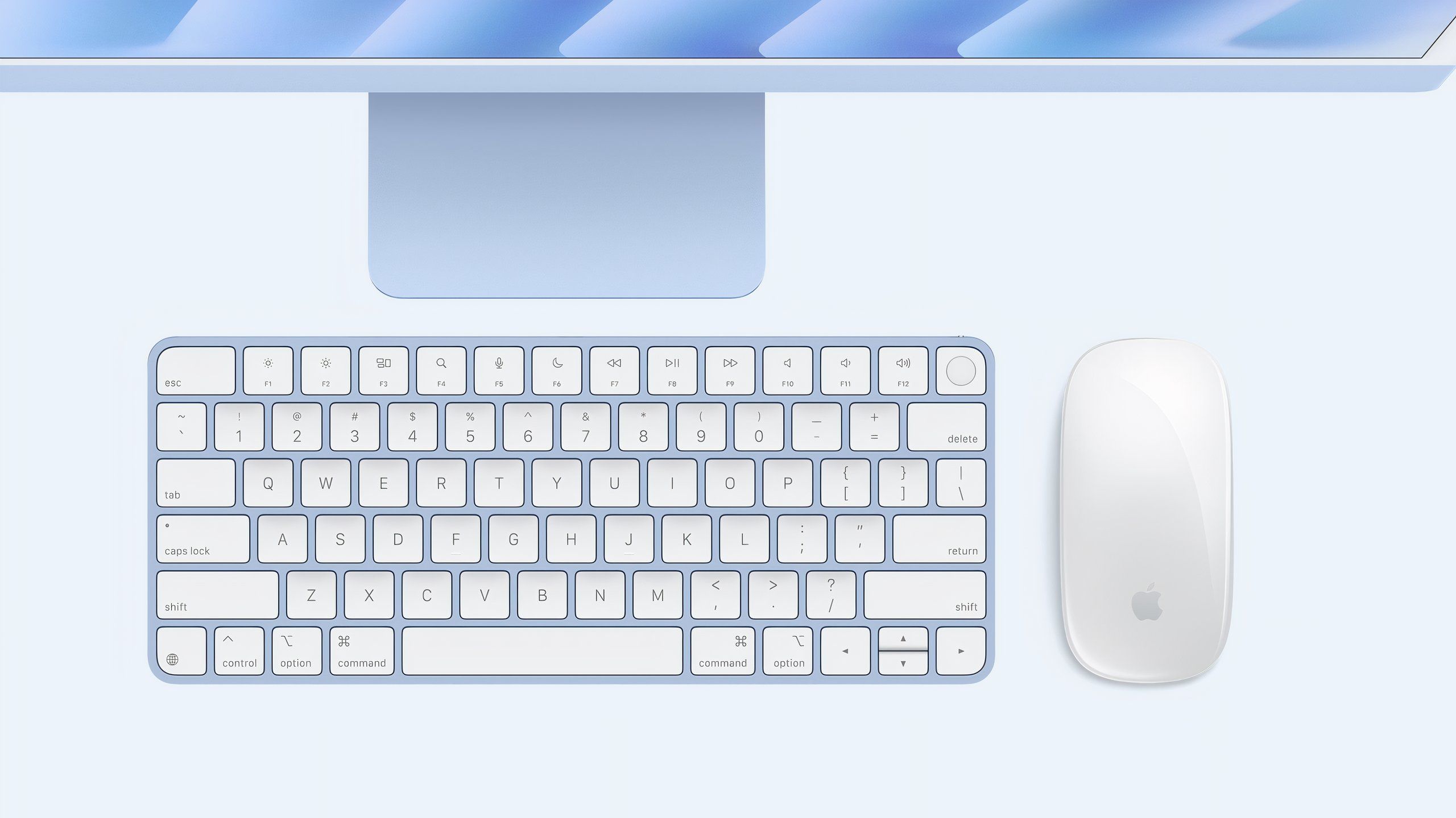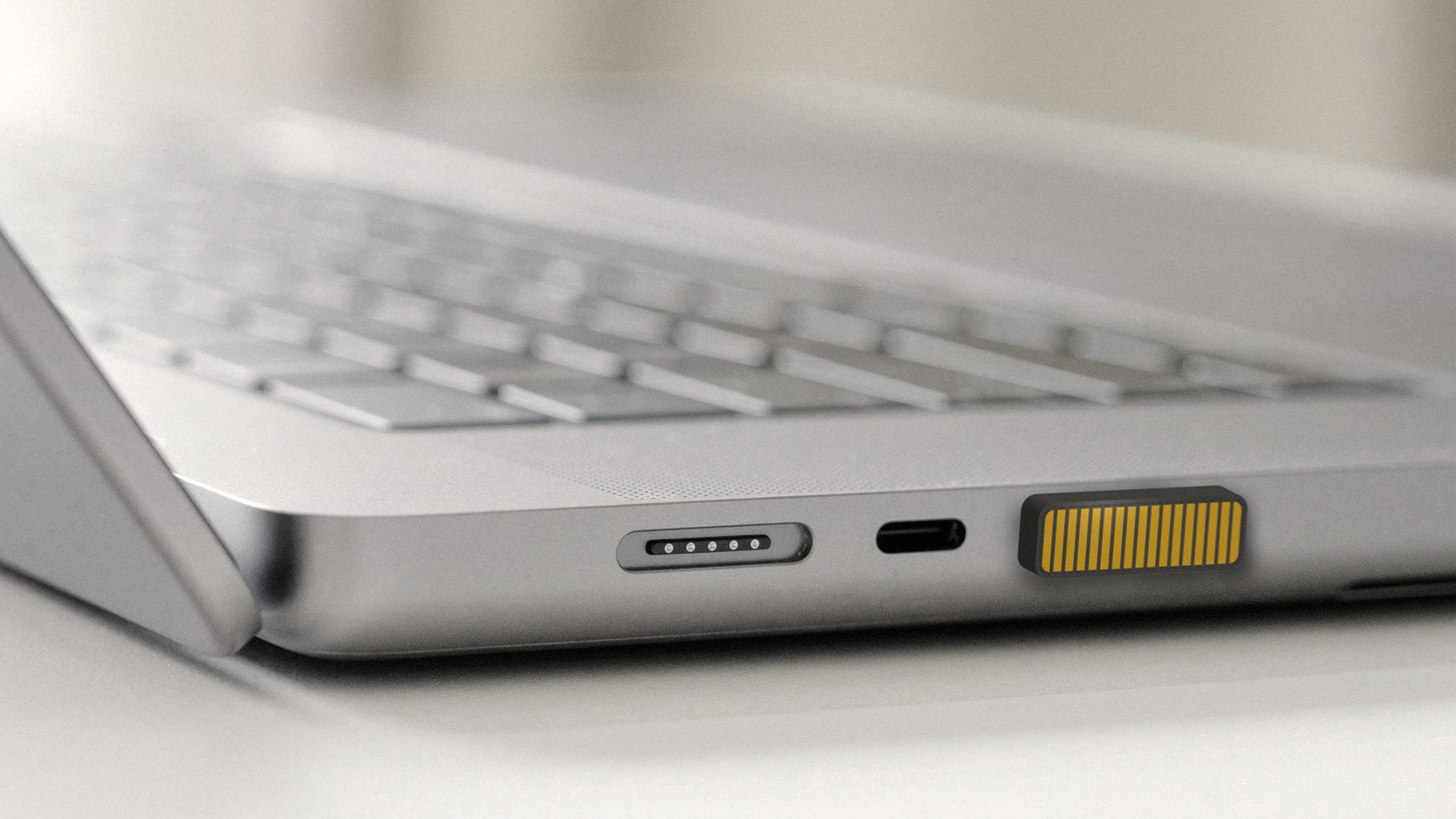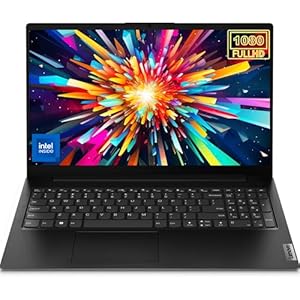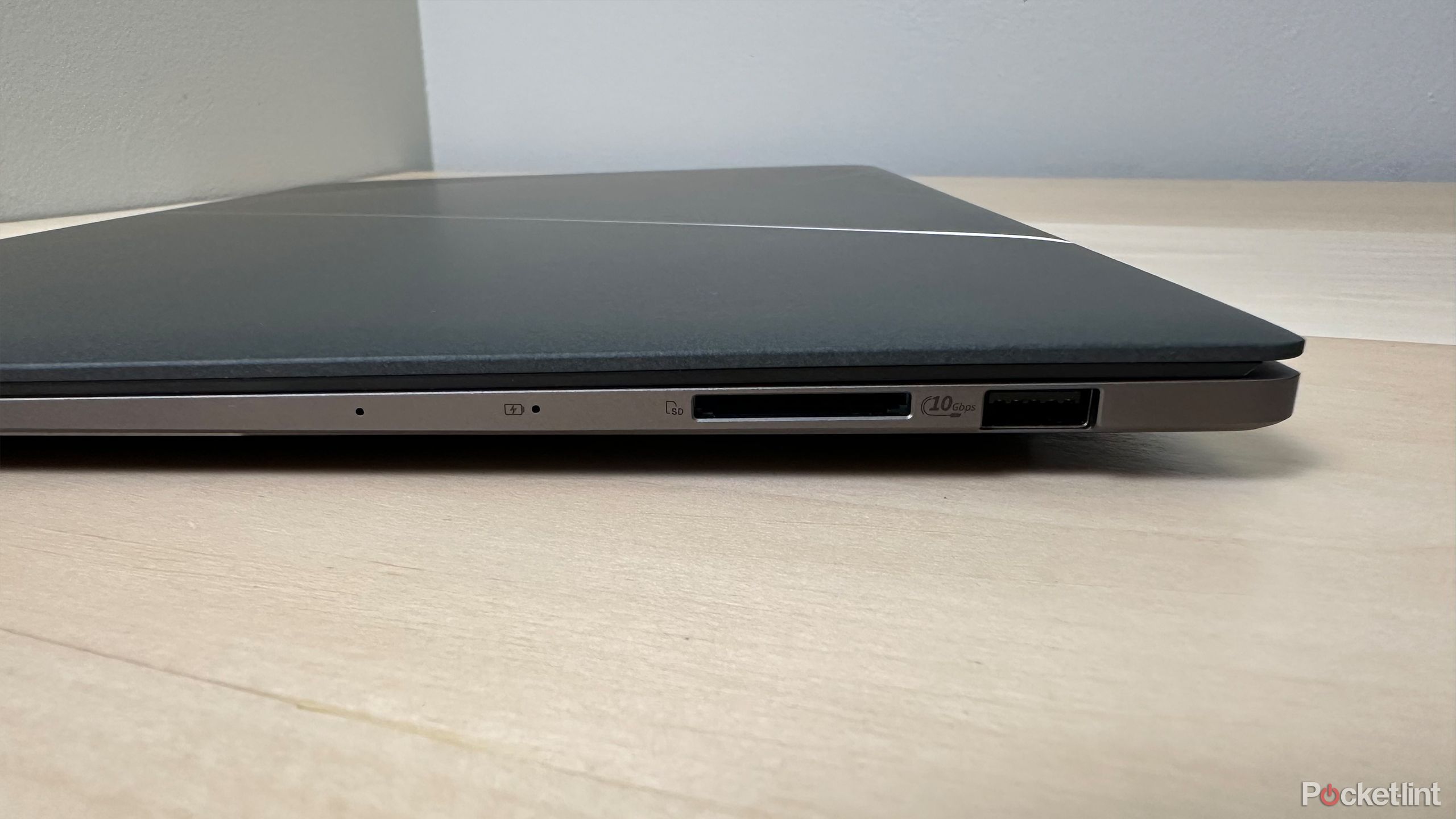Abstract
- Conventional USB-A-style ports are available certainly one of three major varieties: uncolored, darkish blue, and teal.
- This color-coding system serves the aim of designating bandwidth speeds.
- Sadly, coloration alone typically is not sufficient to find out the underlying USB specification you are working with.
For essentially the most half, the existence of Universal Serial Bus (USB) has been a internet optimistic for the buyer tech trade. The common customary has changed the necessity for dozens of proprietary and single-purpose plugs, which in flip has streamlined the world of computing, gaming, and cell gadget charging.
Through the years, the USB Implementers Forum (USB-IF) has outlined and minted quite a few USB specs, each when it comes to bodily plug designs and when it comes to underlying technological protocols.
Sadly, the USB-IF is notoriously bad in the case of naming conventions — the present lineup of USB protocols is a moderately complicated mess from a user-facing viewpoint. USB-C was set to rectify many of those extra complicated components, however, as an alternative, it’s arguably muddied the waters much more so than earlier than.
Associated
Your smart TV’s USB port is surprisingly useful
The versatile port is usually missed, however listed below are 4 methods it could actually change how you employ your good TV.
Why are some USB ports coloured whereas others aren’t?
Briefly, the colours signify totally different complete bandwidth capabilities
Traditionally talking, the preferred and ubiquitous number of USB is the USB-A plug. First launched in 1996, the bodily plug is symmetrically rectangular, however not reversable.
USB-A was as soon as a staple of nearly each desktop, laptop, and gaming console on the market, and for good cause — the plug is dependable, genuinely common, and versatile from a utility standpoint. Whereas much less generally used right this moment, it could actually nonetheless be discovered throughout a big selection of contemporary shopper gadgets.
Nevertheless, lesser identified is the truth that USB-A ports adhere to a particular color-coating system. Some ports stay black or uncolored, some are darkish blue, and others are teal. These three colours designate particular USB tech requirements: USB 2.0 Hello-Pace, USB 3.0 SuperSpeed, and USB 3.1 SuperSpeed+, respectively.
…lesser identified is the truth that USB-A ports adhere to a particular color-coating system.
Retroactively, the USB-IF has rebranded these USB specs on a variety of events. Essentially the most up-to-date naming conference, together with corresponding coloration tones, follows as such:
- USB 2.0 (Hello-Pace) — black / colorless
- USB 5Gbps — darkish blue
- USB 10Gbps — mild blue
- USB 20Gbps — n / a
USB 20Gps, in any other case often called USB4, would not function its personal devoted coloration. The explanation for that is that USB4 is solely out there through bodily USB-C-shaped ports, which jettison the coloring conventions completely.
Sure, you heard that proper: newer gadgets that function mightily small-yet-reversable USB-C ports lack any form of visible demarcations to point underlying pace, wattage, or different important specs. That’s, except a particular gadget or cable producer goes out of their manner to take action of their very own volition.
Fortunately, different gadgets like sport consoles and lots of Home windows 11 PCs proceed to stick to color-coating.
So as to add gasoline to this already complicated scenario, some {hardware} producers which have historically shipped gadgets with USB-A ports — together with Apple — have determined towards color-coating for aesthetic causes. Fortunately, different gadgets like sport consoles and lots of Windows 11 PCs proceed to stick to color-coating.

Associated
Apple’s transition to USB-C is nearly complete, but ports were never the problem
Mac equipment now use USB-C ports, even when a few of Apple’s different questionable design decisions stay.
Which USB coloration matches my USB use-case?
Here is the lowdown on the capability of USB ports
USB Implementers Discussion board / Pocket-lint
Usually talking, black USB-A (2.0) ports are good for trickle-charging peripherals like sport controllers and for plugging in mice, keyboards, and extra. Darkish blue USB-A (3.0) ports, in the meantime, provide a extra highly effective 5Gps bandwidth for speedier information switch charges. For rapidly transferring digital recordsdata from one gadget to the following, a blue port is the way in which to go.
Gentle blue ports, which signify 10GBps pace charges, are comparatively much less frequent. Most USB ports of this pace make the most of the newer USB-C bodily port customary, however some older USB-A (3.1) ports are nonetheless kicking round.
For essentially the most half, a darkish blue USB-A port is the perfect middle-ground for most individuals.
The added bandwidth price makes transferring of enormous portions of digital recordsdata a lot quicker total, although not a number of peripherals on the market can at present make use of those quicker speeds.
For essentially the most half, a darkish blue USB-A port is the perfect middle-ground for most individuals. 5Gps switch speeds are sufficient for normal every-day file transferring, and it is also sufficient bandwidth to attach an external hard drive or SSD to a contemporary sport console.

Associated
This USB-C device makes changing the volume on your laptop effortless
SoundSlide is a USB-C gadget that makes it so you may modify the quantity of your laptop computer with the swipe of your finger.
Trending Merchandise

Sceptre Curved 24-inch Gaming Monitor 1080p R1500 ...

Acer Aspire 1 A115-32-C96U Slim Laptop | 15.6̸...

Wireless Keyboard and Mouse Combo, Lovaky 2.4G Ful...

Wireless Keyboard and Mouse Ultra Slim Combo, TopM...

Lenovo Newest 15.6″ FHD Laptop, Intel Pentiu...












